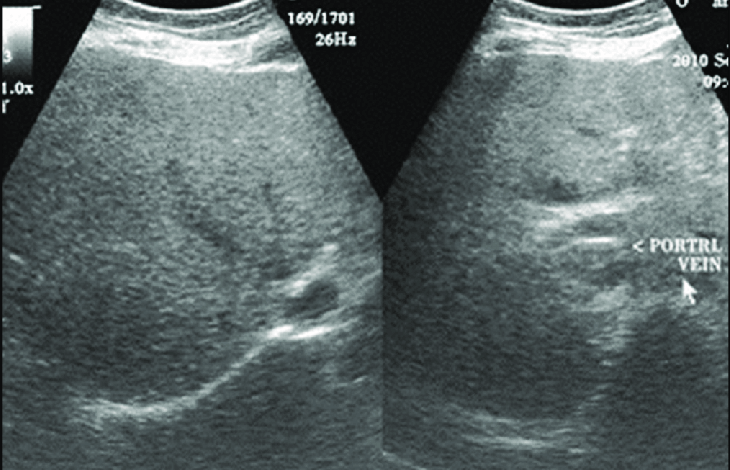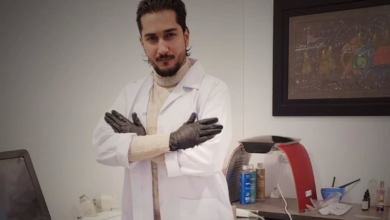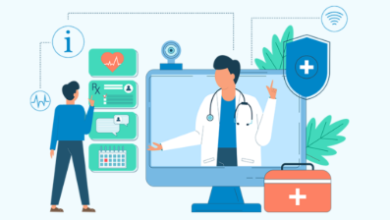Understanding Echotexture: What It Is and Why It Matters

Have you ever heard of the term “echo”? It may sound unfamiliar, but it plays a crucial role in understanding your body’s internal organs. It is used in medical imaging to analyze the texture and density of tissues, helping doctors diagnose diseases and monitor treatment progress. But it isn’t just for healthcare professionals – understanding what it is and how it works can also benefit you as a patient. In this blog post, we’ll dive deeper into the world of echotexture: what it means, why it matters, and how you can improve your own echo for better health outcomes.
What is echotexture?
Echotexture is a term used to describe the appearance of tissues in medical imaging. It refers to the texture, density, and pattern of organs or structures that are visible on an ultrasound image. Essentially, It is a way for healthcare professionals to determine whether there are any abnormalities or changes in tissue composition.
When sound waves pass through different types of tissues, they bounce back differently depending on the tissue’s properties. For example, dense tissues like bone will reflect more sound waves than soft tissues like muscle. It analysis can help doctors differentiate between healthy and diseased tissue based on these characteristics.
How is echotexture used?
Echotexture is used in various medical imaging applications, including ultrasound and MRI. In these contexts, echo refers to the appearance of tissue structures under examination.
By analyzing it, healthcare professionals can gain important insights into the health of various organs and tissues within the body. For example, changes in liver echo may indicate underlying liver disease or damage.
It can also be used to track changes over time. For instance, by comparing images taken at different points in time, doctors can assess whether a tumor is growing or shrinking.
In addition to its diagnostic uses, It can also be utilized during medical procedures. By visualizing internal structures with high-resolution ultrasound imaging techniques that allow real-time monitoring while performing surgery or other interventions on patients.
Understanding how echo works and how it is used has become increasingly important across many areas of medicine – from diagnosis to treatment – making it an essential tool for healthcare professionals seeking better ways to care for their patients’ wellbeing.
What are the benefits of echotexture?
It is used as a diagnostic tool in the medical field to evaluate organs and tissues. The benefits of it are numerous and can help detect early stages of diseases and monitor treatment progress.
One benefit of echo is its non-invasive nature, making it a safer alternative to other imaging methods that may require invasive procedures. Additionally, it allows for real-time visualization, providing immediate results that aid in diagnosis.
Echotexture also allows for improved accuracy when assessing tissue quality. Through analyzing the texture patterns visualized on an ultrasound image, doctors can identify changes in organ or tissue composition that may indicate disease progression or response to treatment.
Moreover, the texture is cost-effective compared to other imaging modalities like magnetic resonance imaging (MRI) or computed tomography (CT). This makes it accessible to patients who may not have access to more expensive tests.
Because it does not use radiation like some other imaging techniques do, there are no known harmful side effects associated with repeated use of this method over time.
The benefits of echo make it a valuable tool in diagnosing and monitoring various medical conditions while remaining safe and cost-efficient.
How can I improve my echotexture?
Improving your texture is important in ensuring that your organs and tissues are healthy.
Firstly, maintaining a healthy lifestyle is essential. Eating a balanced diet, exercising regularly, and avoiding smoking or excessive alcohol consumption can help to improve.
Secondly, managing any underlying conditions such as high blood pressure or diabetes is crucial for good echo. These conditions can affect the health of your organs and lead to changes in their appearance.
Thirdly, staying hydrated by drinking plenty of water can help maintain good echo. Dehydration can cause changes in the appearance of organs such as the kidneys.
Keeping up with regular medical check-ups and screenings is vital for the early detection of any potential issues affecting your texture. Your doctor may recommend further tests or treatments based on any abnormalities found during these exams.
By following these steps and taking care of yourself both inside and out, you’ll be well on your way towards improved overall health including better echotexture! Read more…
Conclusion
Understanding echotexture is crucial in the diagnosis and treatment of various medical conditions. It is a non-invasive and safe imaging technique that provides valuable information about the internal structures of organs. It can reveal changes in tissue density, texture, and blood flow that may indicate diseases such as cirrhosis, cancer, or fibrosis.
By analyzing patterns, doctors can make more accurate diagnoses, plan appropriate treatments, and monitor disease progression over time. Patients with abnormalities may need further testing or interventions to prevent complications or improve their health outcomes.
If you have concerns about or are experiencing symptoms related to an underlying condition, talk to your healthcare provider for guidance on how to proceed. Remember that early detection and timely intervention can often make a significant difference in managing many medical conditions.
Incorporating healthy lifestyle habits such as maintaining a balanced diet, exercising regularly, avoiding smoking and excessive alcohol consumption can also help improve overall organ health including liver health which we discussed above. Regular check-ups with your doctor along with following these healthy practices will go a long way toward preventing chronic illnesses associated with poor organ function.
So next time you hear the term “echotexture” from your doctor or radiologist during an ultrasound exam – remember its importance! Understanding it could be key when it comes to diagnosing any underlying medical condition affecting one’s internal organs!




